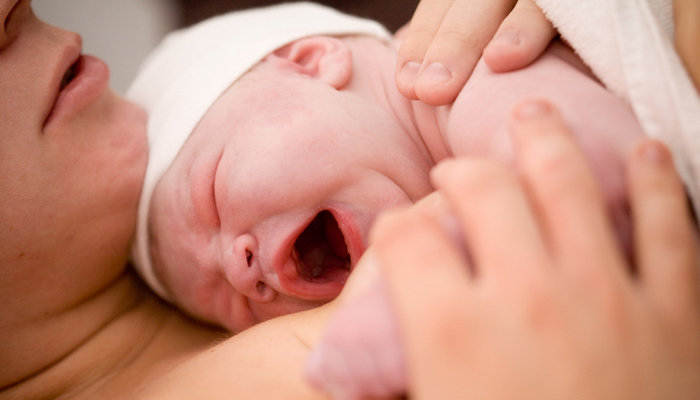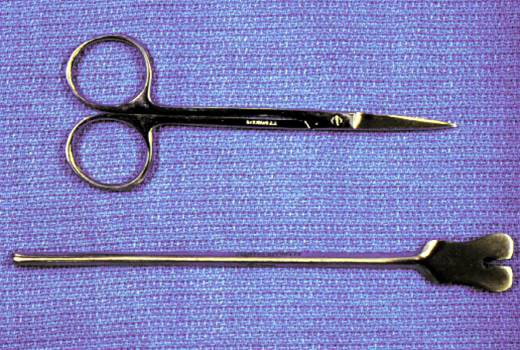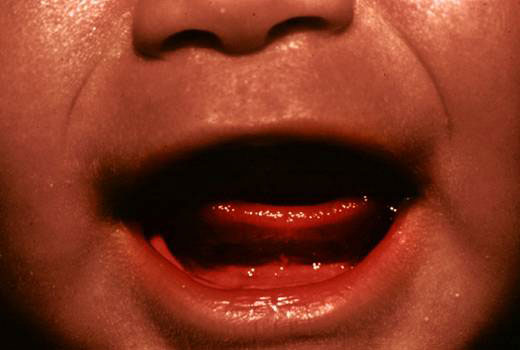Tongue-Tie
Ankyloglossia, otherwise known as tongue-tie, is the partial or full attachment of the tongue to the bottom of the infant's mouth. Tongue-tie causes a significant portion of of the problems encountered with breastfeeding.
Tongue-tie Overview
Ankyloglossia, otherwise known as tongue-tie, is the partial or full attachment of the tongue to the bottom of the infant's mouth. Tongue-tie causes a significant portion of of the problems encountered with breastfeeding. It also is thought to pose other short term and long term complications, such as speech impediments, problems with swallowing, and the formation of teeth arrangement. There is some controversy over the defining characteristics of tongue-tie as well as the treatments.
View ArticleAssessments
Assessing the different characteristics of the tongue, including lateralization, lift, extension, shape, and elastisity of frenulum.
View ArticleComplications of Tongue-Tie in Newborns
Tongue-tie in newborns causes a variety of complications for the newborn and new mother, as well as pediatric complications such as orthodontic and social difficulties.
View ArticleTreatment for Tongue-Tie
Frenotomy is known to have been performed as far back as the early 20th century. The procedures often had complications such as bleeding and infection. As a result the procedure fell out of popularity for some time.
View ArticleA Study of Frenotomy for Treating Ankyloglossia or Tongue-Tie
There were three objectives to performing a study on Frenotomy for Tongue-tie or ankyloglossia.
View Article



